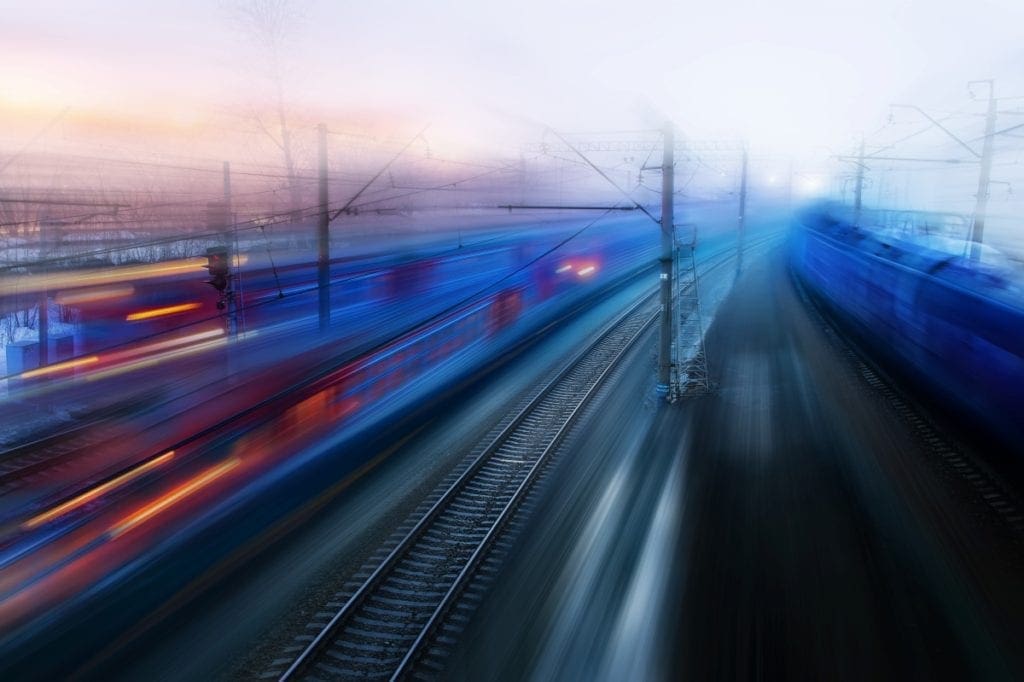
The Department for Transport (DfT) has admitted that air quality on some diesel trains is “poorer than desired”.
New research funded by the Government found that on-train concentrations of nitrogen dioxide can reach up to 13 times higher than those next to major central London roads.
Also see
- Southeastern campaign encourages passengers to be mindful of those with accessibility requirements
- Restoration of Taff Vale locomotive reaches fundraising milestone
- London Underground Northern Line expands with two new stations
Levels are highest when trains are in tunnels or idling at stations.
The DfT insisted air quality on the rail network is “within legal limits”.
But it admitted that “on some trains” it is “poorer than desired”, and has commissioned a review of the regulations and standards which control air pollution and people’s exposure to it on the rail network.
‘Absolute priority’
Rail minister Chris Heaton-Harris said: “The safety of staff and passengers is our absolute priority. While these findings are within limits, I do not believe people should have to accept anything less than the highest levels of air quality.
“I have asked the industry to immediately conduct further research and explore all engineering modifications and options to rapidly improve air quality on trains and in stations.
“I have also launched a comprehensive review of the current standards and guidance related to air quality on the rail network. If required, we will not hesitate to strengthen legislation to ensure the highest standards of air quality are met and maintained.”
The research was conducted by the Rail Safety and Standards Board on six types of trains operating on six different routes in England.
Nitrogen dioxide is produced by trains with diesel engines. Rail industry figures show that 62% of Britain’s rail network is not electrified, meaning the vast majority of trains in those areas run on diesel.


